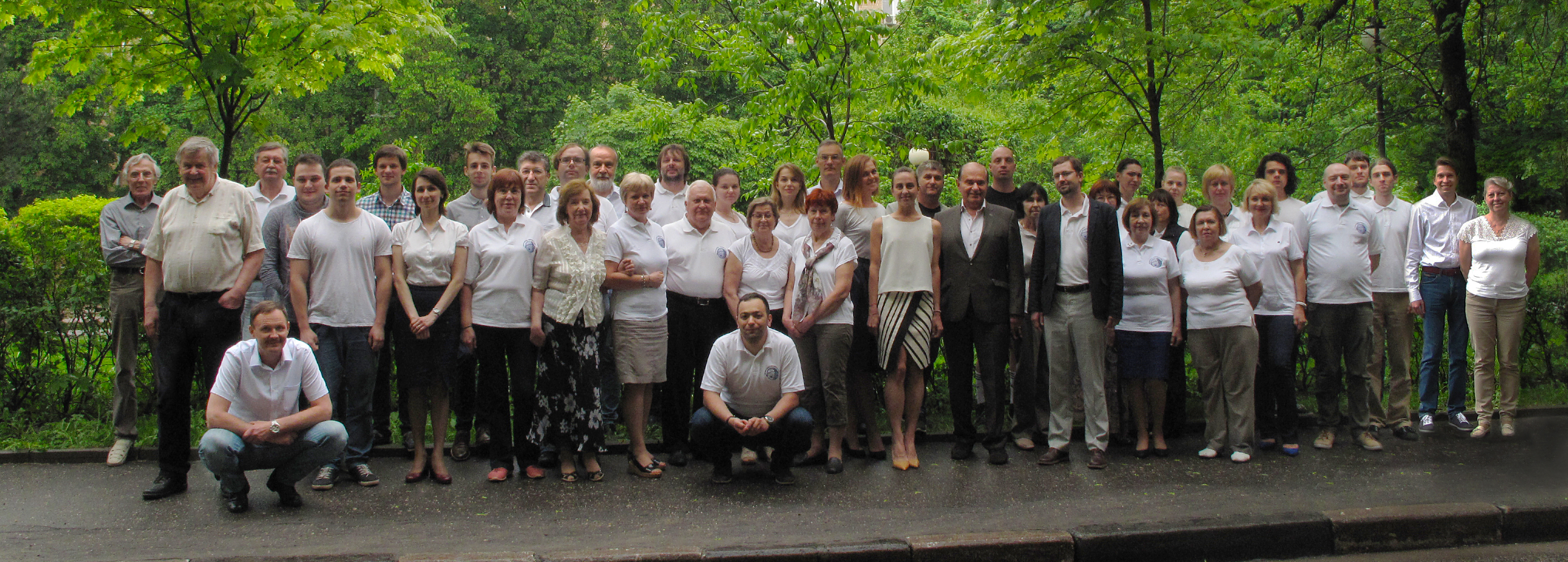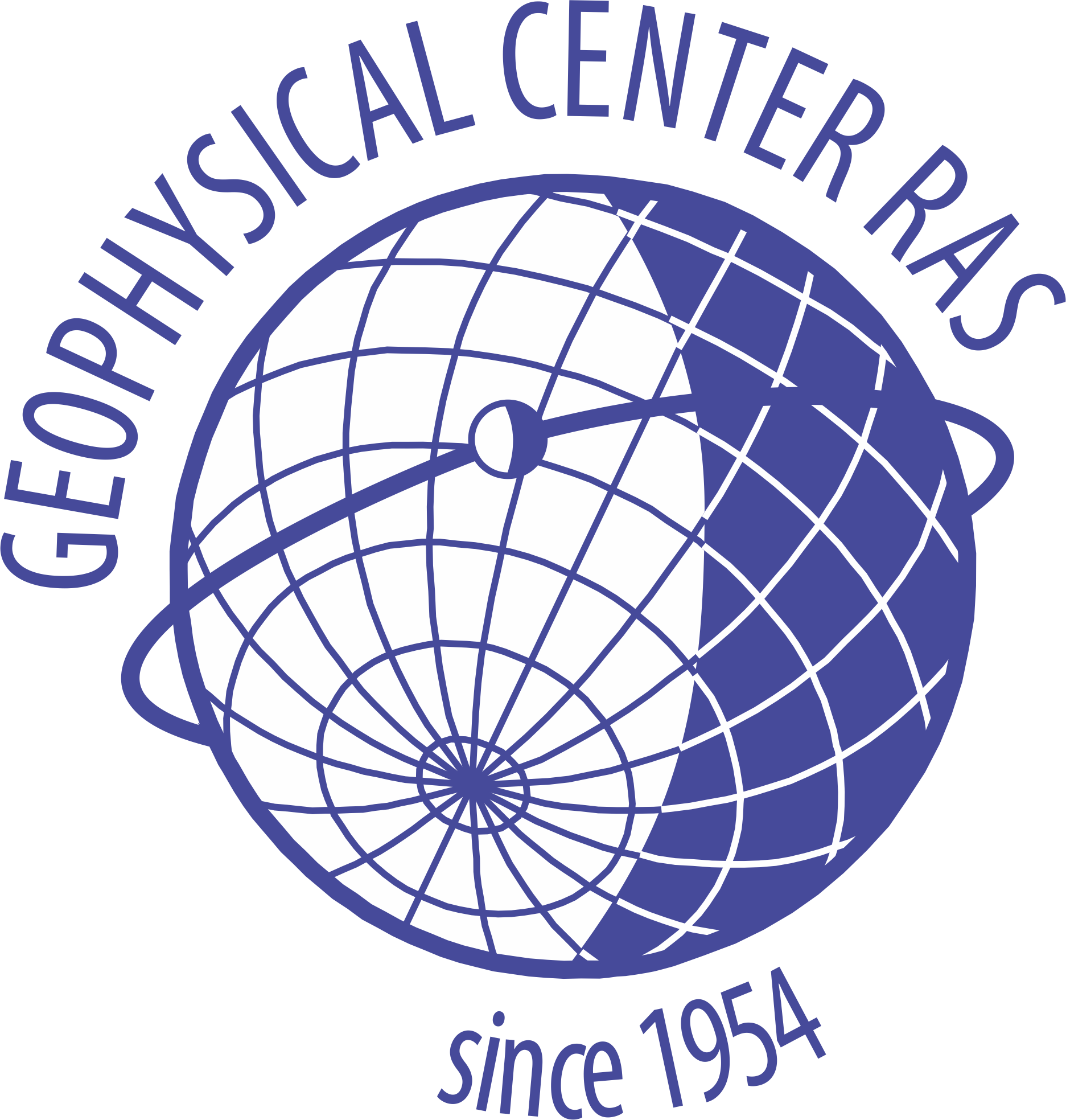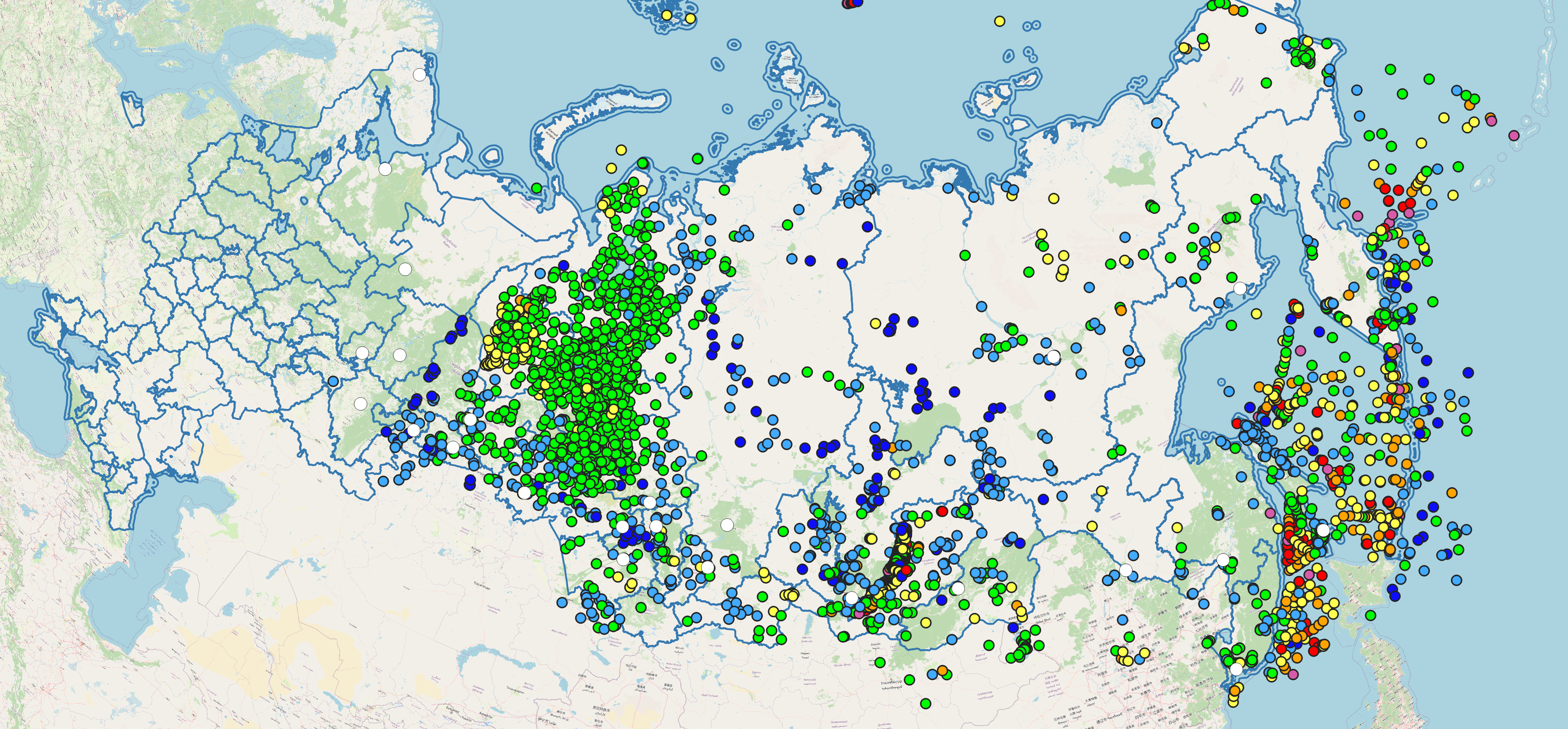GC RAS


The Geophysical Center of the Russian Academy of Sciences (GC RAS) was established in 1992 with a status of research institute in accordance with the decision of the Presidium of the Russian Academy of Sciences as a result of the reorganization of the Interdepartmental Geophysical Committee (IGC) of the Academy of Sciences of the USSR established in 1958 by the Decree of the USSR Council of Ministers.
GC RAS today is:
Highly qualified and young team of scientists of international class: two members of the Russian Academy of Sciences, 10 Doctors of Sciences and 14 Candidates of Sciences (PhD). About one third of employees is younger than 39. The Center has at its disposal a high-speed Internet access node (2 Gbit/Sec), two powerful multiprocessor computer clusters, professional videoconferencing system, digital demonstration complex with a spherical screen, equipment for studying the geodynamics of the Earth’s crust, mobile complex for carrying out magnetic survey in low and high latitudes, magnetic observatories, original software products protected by copyright certificates and licenses.
GC RAS participates in the technological platform “Technologies of Ecological Development”, coordinated by the Russian Geographic Society. GC RAS is the regular participant of the All-Russia Science Festival.
The main goal of the Geophysical Center is to conduct basic and applied research in the field of geophysics and geoinformatics.
Research lines and major tasks:
- development of theoretical and algorithmic framework of recognition;
- fundamental and applied research in geophysics and geoinformatics, artificial intelligence methods, system analysis, intellectual geoinformation systems and their geological/geophysical and medical/ecological applications;
- carrying out field-based geophysical surveys, including magnetic and geodetic surveys;
- study of the Earth’s magnetic field, deployment of the Russian system of magnetic observatories of the highest international quality standards;
- study of modern crustal movements and simulation of the stress-strain state for the purposes of geoecology, geodynamics and natural risk assessment;
- creation of new methods of geophysical data and knowledge visualization on the basis of spherical screens and development of advanced learning technologies;
- development of new methods of electronic publications.














 Analytical Geomagnetic Data Center
Analytical Geomagnetic Data Center Space weather parameters
Space weather parameters Virtual Magnetograms
Virtual Magnetograms


